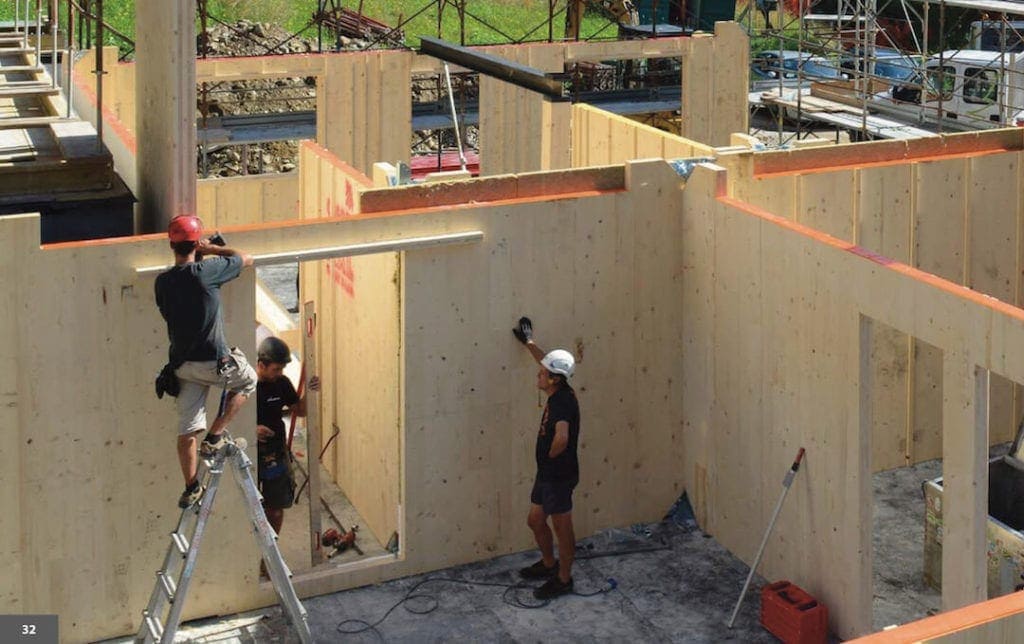
Necessity is the mother of invention. Born in Europe, cross-laminate timber (CLT) was developed as large timbers became more difficult to source and as an alternative to non-wood construction. CLT made its way to North America and was incorporated into the National Design Specification for wood construction and the International Building Code in 2015.
The creation of CLT consists of laying lumber boards stacked at perpendicular angles and glued into place, typically in three, five, or seven layers. The resulting CLT not only presents a beautiful face, it also offers surprising strength and other attributes that make it comparable to other building systems. Because it is lighter weight than a steel and concrete system, this engineered wood panel system requires a smaller foundation and can reduce cost impacts for builders. Research is also proving the mettle of CLT as testing shows superior acoustic, fire, seismic, and thermal performance: for example, the broad profile of the panel makes burning difficult and it performs similarly to non-combustible materials, with its char layer insulating the core and maintaining structural stability. While similar to glulam, CLT possesses a versatility to all its use in everything from structural systems to walls to floors.
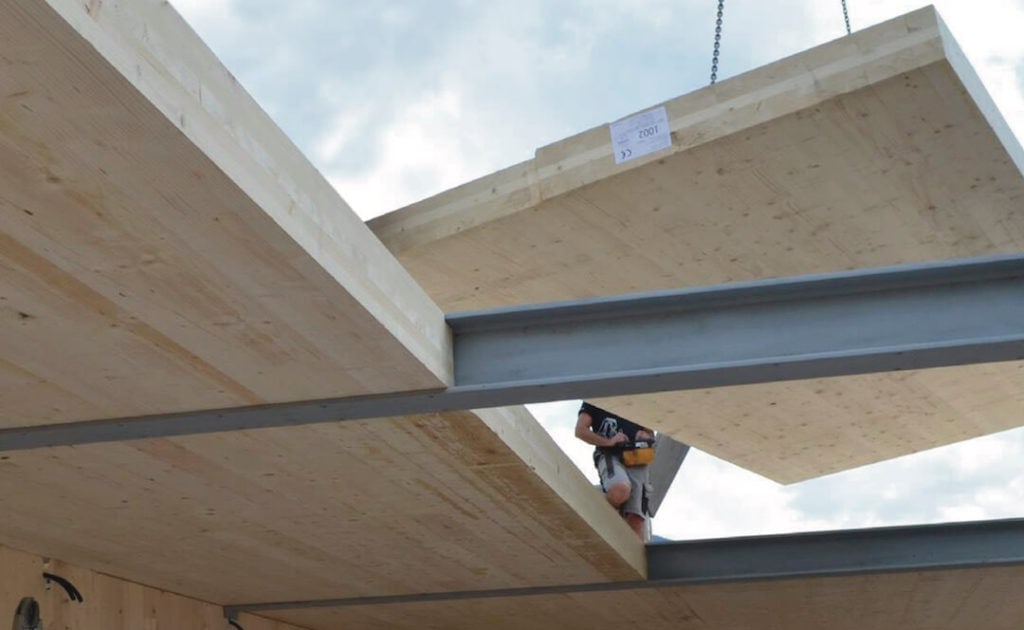
The high performance of CLTs doesn’t end with traditional construction tests. CLT is derived from a renewable resource, wood, and supports the reduction of our carbon footprint. According to “The State of America’s Forests” from the Society of American Foresters, over the past half-century less than two percent of the tree inventory was harvested each year, while net tree growth was three percent. Unlike most other construction materials, CLT does not require the burning of fossil fuels during production. And further bolstering its reputation as a renewable, sustainable, environmentally-friendly material, manufactured wood products like CLT continue to store much of the carbon the source trees have absorbed from the air, keeping it out of the air for the lifetime of the structure (and beyond, if the wood is reclaimed and reused elsewhere). In sharp contrast, other types of construction systems are depleting non-renewable resources like fossil fuels and sand to make materials like concrete and glass, producing massive quantities of solid waste in the process of manufacturing and building.
CLT offers additional advantages for the client in construction efficiency – the panels are fabricated in a workshop or factory, which allows for top-level quality control in construction and reduces the build time and waste on-site. The floors and walls can be completely manufactured prior to arriving at the building site, allowing crews to lift, set, and screw down CLT panels with great efficiency. This efficiency continues on in a different aspect for the life of the building – through energy efficiency. CLT systems result in exceptional air-tightness, and the dimensional stability of CLT ensures the building remains airtight over time. Wood products, including CLT, also have the advantage of low thermal conductivity compared to steel and concrete and are therefore easy to insulate to a high standard, reducing long-term energy costs.
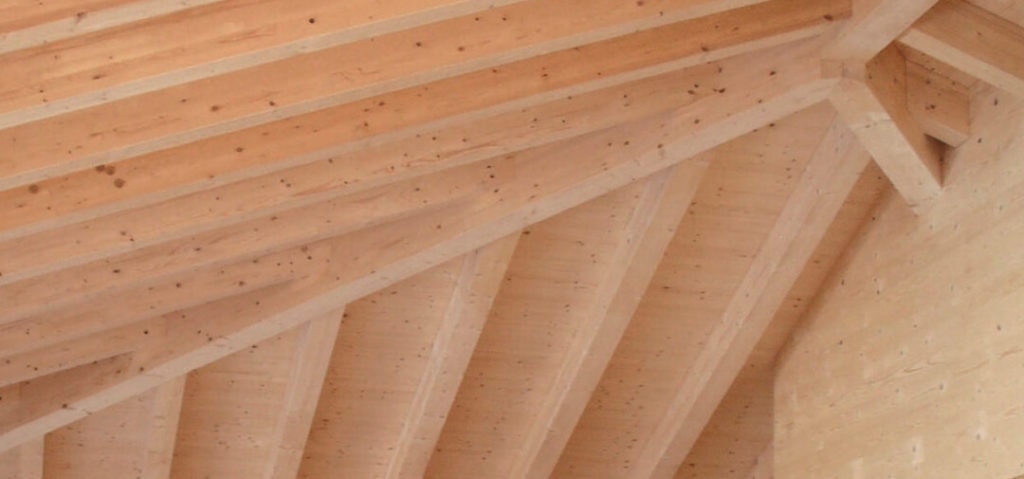
Necessity may have inspired CLTs, but their performance,
durability, and aesthetic inspires builders and clients alike, making CLTs an
obvious amenity for new wood structures.
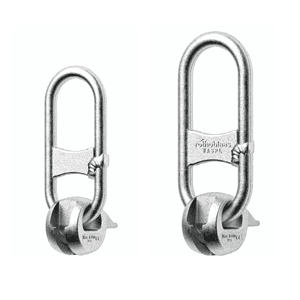
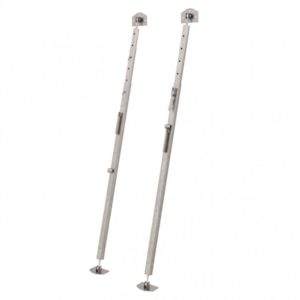
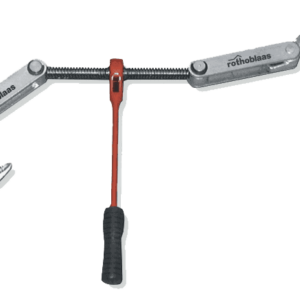
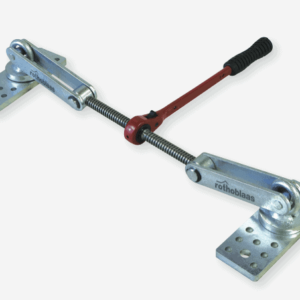
Nice article. Mass timber products are the future and if you are serious about environmental impact wood must be part of the discussion, by necessity. For a better “CLT” panel visit http://www.frereswood.com
Thanks for your thoughts on this topic Eric. We are always open to additional articles on this if you guys are interested.
I have been doing a facsimile of this for years with laminated timber framing.. Using laminated 2x’s to create posts. Three laminated of any 2x creates a stronger post and beam. Integrated tongue’s and pocket’s that will not warp, will not rot because pressure treatment can get all of the way thru a 2x but nothing larger and consequent rot on the inside of an ordinary post or beam. I knew that we could not be thru with WOOD just yet and this that you have perfected is nothing short of a WONDER.
Will